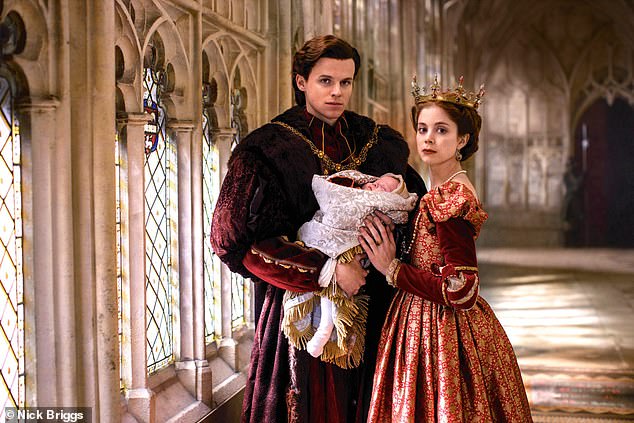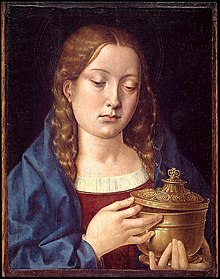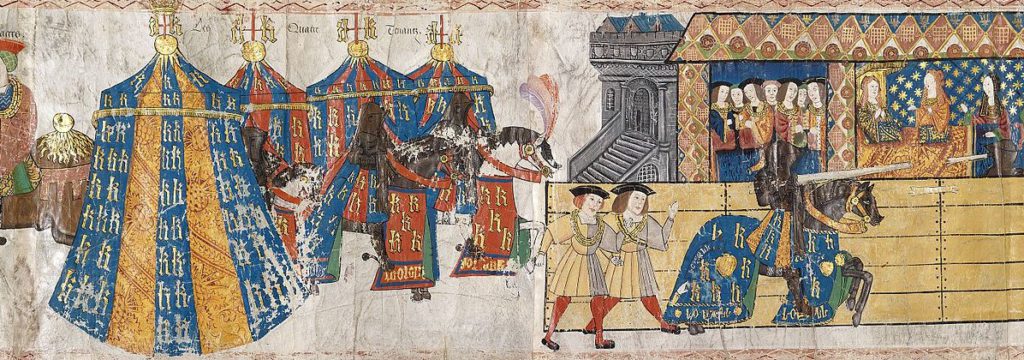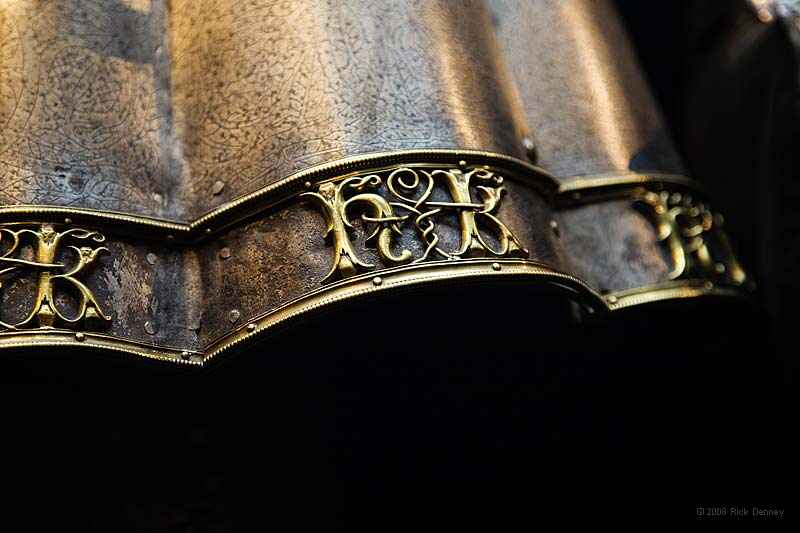On the 22nd of February, 1511, Henry VIII and his first wife, Catherine of Aragon, experienced a devastating loss. Their infant son – Henry, Duke of Cornwall – died, suddenly and expectedly, at the age of only fifty-two days at Richmond Palace. The cause of his death was not recorded. The hapless prince was the first child of the king and queen. Catherine had previously given birth to a stillborn daughter in January 1510. His birth had been a happy event for the royal couple and all others, and the spirit of joy reigned in England for a short time. At court, the little prince was fondly called ‘Little Prince Hal’ and ‘the New Year’s Boy.’

A salute was fired from the cannon, and the church bells rang. Te Deums (Ambrosian Hymn or A Song of the Church) was sung by the clergy. A jubilant Henry wanted to share his joy with his subjects, and, hence, ordered that bonfires be lit in the streets and lanes of London. Moreover, at the king’s behest, the inhabitants of the capital were served with free wine to drink for the prince’s health. There is no known portrait of Little Prince Hal, but we know some important things were recorded about him and his birth.
Alison Weir writes of the newborn prince:
“The royal infant must have looked very tiny indeed in his vast painted wooden cradle, which measured approximately five feet by two feet and was trimmed with silver gilt and had buckles either side to secure his swaddling bands. He lay there, wrapped up tight, under a cover-cloth fringed with gold and a scarlet counterpoint furred with ermine. Yet when he was displayed to important visitors, he was placed in an even bigger cradle of estate, upholstered in crimson and decorated with gold fringing, with his father’s coat of arms above his head.”

Soon after his birth, the infant was christened and named Henry, obviously in honor of his father. He was created Prince of Wales and Duke of Cornwall. Two of his godparents were royalty: King Louis XII of France and Margaret of Austria, Duchess of Savoy, who sent to him sumptuous christening gifts of gold plate. Archbishop Warham was his another godparent.
Placed in his nursery, the infant prince was subject to an orderly regimen invented by his great-grandmother, Lady Margaret Beaufort. King Henry appointed more than forty people to serve his son, including a Clerk of the Signet, three chaplains, a Carver, a Baker, and others. The nursery staff took the daily care of their precious charge; the wet-nurse and dry nurse were assisted by four chamberers, whose duty was to lull Little Prince Hal to sleep by rocking his cradle. Every servant swore an oath of fealty to the king’s son.
Royal children were visited by the king and queen, but they rarely stayed at court, where the risk of catching infection was too high, which might have been fatal for them. Thus, the pragmatic monarch was planning which residences and households could be given to his son. He even chose a room in the Palace of Westminster as the prince’s council chamber. At the same time, a content Catherine was confined to her bedchamber, as it was customary for queens to lie in for up to thirty or forty days after the birth, before being churched.
Without his wife, Henry VIII departed from Richmond to the Priory of Our Lady of Walsingham in Norfolk in order to give thanks to the Lord for the gift of a male heir. He arrived at the Slipper Chapel located a small distance from the priory, where he dismounted and, together with other pilgrims, walked barefoot to the Virgin’s shrine, where he lit a candle and left there an expensive necklace, which was his way to say thanks to God.
After his pilgrimage, Henry came back to Richmond. By that time, Catherine had been churched, and her life returned to normal. Then the royal couple moved to Westminster, leaving their son in Richmond. In February 1511, there were several tournaments to celebrate the prince’s birth.

On the 12 and 13th of February, 1538, a grand tournament, maybe the most opulent of Henry VIII’s reign, was organized in honor of the queen, where the monarch took the role of Sir Loyal Heart and appeared, attired in luxurious clothes and wearing his spouse’s color. Festivities continued for days, and during one of the pageants, the king again appeared as Sir Loyal Heart, dressed in a purple satin suit adorned with gold H’s and K’s.

In about ten days after these celebrations, the tragic news arrived from Richmond. Little Prince Hal was dead, to the profound grief of his parents, and nothing could change it. Catherine was disconsolate, and she didn’t understand why the cruel fate had ordained that her innocent son had passed away so very young. She couldn’t know that greater sorrows lay ahead of her. In spite of being distraught and, probably angry, King Henry came to his wife and comforted her properly. There were no outward displays of grief on his part.
Chronicler Edward Hall wrote of Little Prince Hal’s death:
“After this great joy came sorowfull chaunce, for the young Prince, which was borne upon Neweyeres daye last past, upon the. xxii. daye of February, beyng then the eve of sainct Mathy, departed this world at Rychcmonde, and from thense was caryed to Westmynster, and buryed.
The kyng lyke a wyse prynce, toke this dolorous chaunce wonderous wysely, and the more to comfort the Quene, he dissimuled the matter, and made no great mourning out-wardely: but the Quene lyke a naturall woman, made much lamentacion, how be it, by the kynges good persuasion and behauiour, her sorowe was mytigated, but not shortlye.”
The baby boy received a state funeral in Westminster Abbey, on the north side of the Sanctuary area near the entrance to the chapel of St Edward the Confessor. Catherine again conceived a child only in about 2 years after their son’s death. Historians and fans of the Tudor era often wonder what would have happened if the prince hadn’t died in infancy, so King Henry VIII wouldn’t have needed to set aside Catherine of so as to wed Anne Boleyn and sire a male heir. Would Little Prince Hal’s survival have prevented or at least forestalled the king’s marriage to Anne and the religious reform in England? There is some food for thought on this matter.
All images are in the public domain.
Text © 2018 Olivia Longueville





